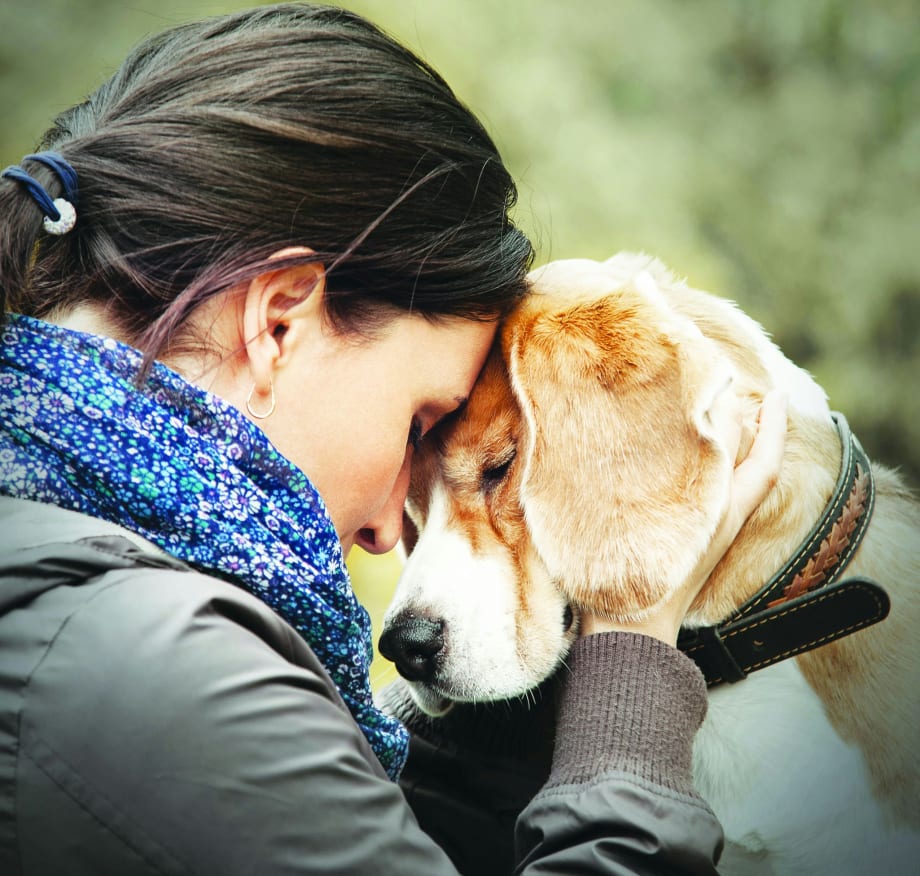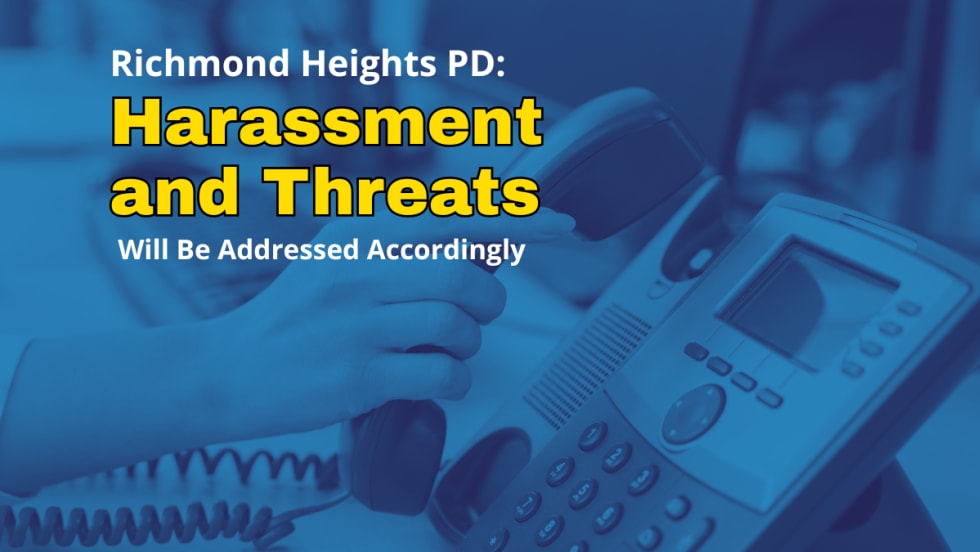Clarence's presence also helped the first responders on scene. "In one case, there was an officer typing his report and petting the dog at the same time," he recalls. "The dog was helping him type things in his report that he never wanted to have to record. The dog helped him through that."
Gordon and his wife, also a police officer, eventually began working their dogs with a newly formed nonprofit called K9 First Responders of Milford, CT, which was launched after Sandy Hook to help individuals in crisis.
This partnership led to Clarence and Gordon aiding victims after the Boston Marathon bombing, helping first responders after the mass shooting at the Mandalay Bay Resort & Casino in Las Vegas, and assisting EMTs who responded to the Parkland, FL, school shooting.
"As we responded to these things, we kept in touch with the chief and he really liked how the dogs were being used to help people with anxiety during stressful situations," he says. "The chief asked me to bring this to our department to help children who were victims of crimes and anxious about talking to police."
In June, Greenfield PD became one of the first police departments in the nation to start a comfort dog program. Front and center of this new program are two Saint Bernards, Clarence and Donut. Clarence is the older, veteran comfort dog, who is one year shy of retirement, while Donut is just a few months old.












